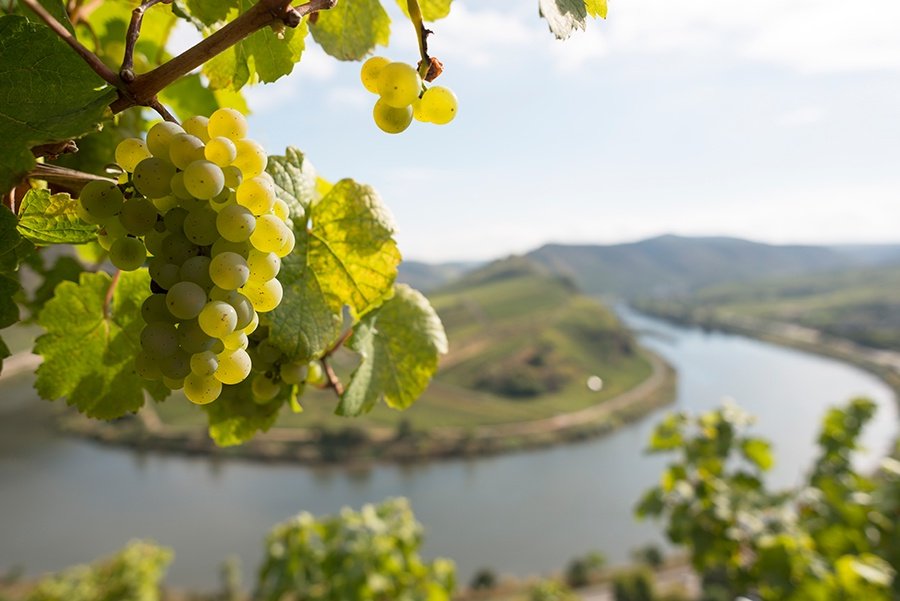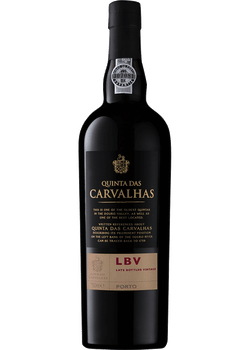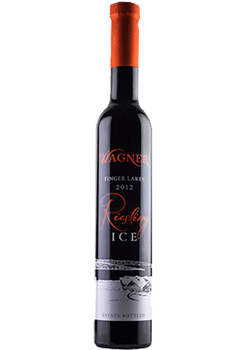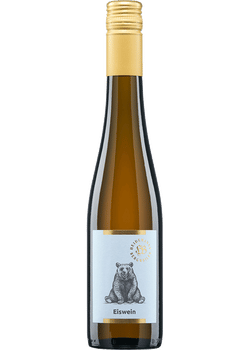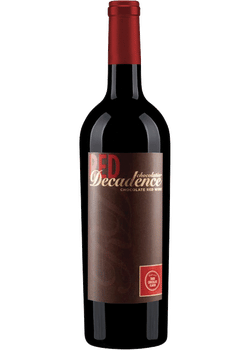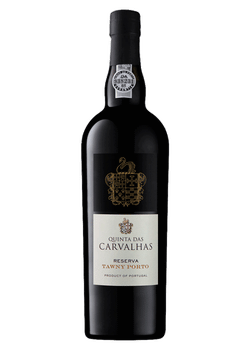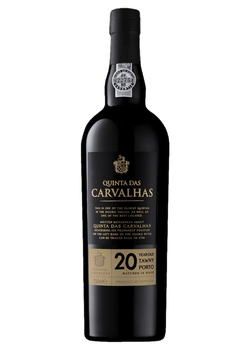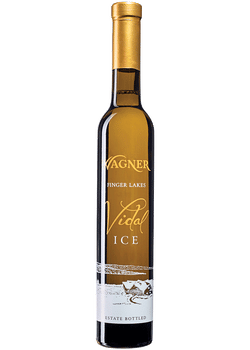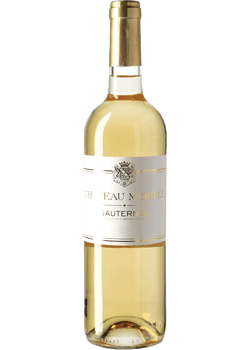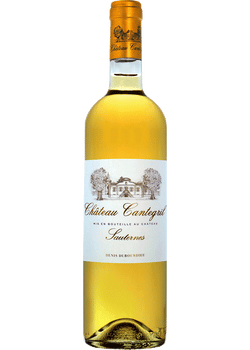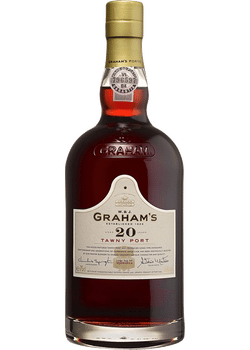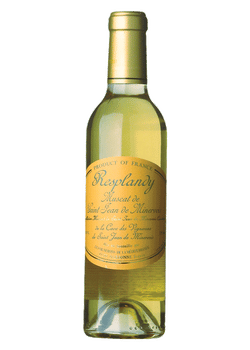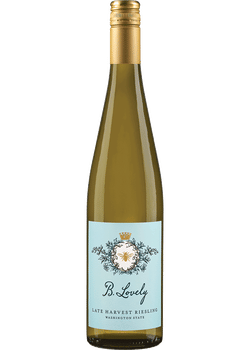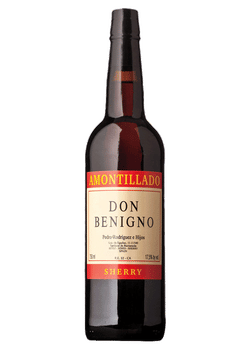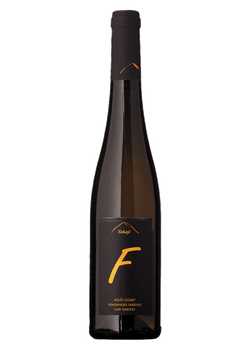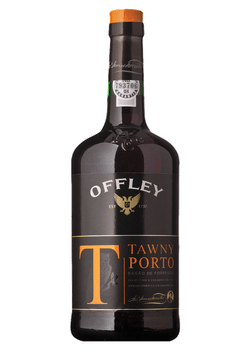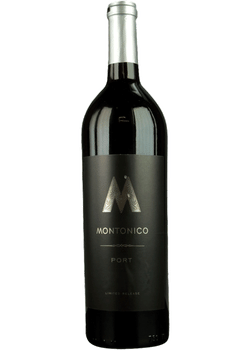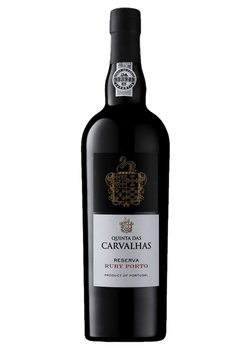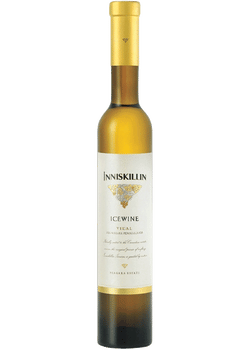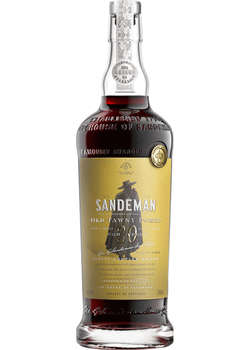Nearly everyone enjoys a taste of something sweet, so it's no surprise that there are so many types of dessert wines.
Like Moscato d'Asti from Italy and Riesling from Germany, some dessert wines are light and refreshing, capturing fresh grape juice's sweet, juicy taste. Others, such as passito di Pantelleria from Italy, Tokaji from Hungary, ice wine from Canada, and Sauternes and Barsac from France, showcase the more intense flavors of honey, apricots, and nuts that emerge when a wine is made from partially dried grapes.
Then there are fortified dessert wines such as Sherry from Spain and Port from Portugal, which are created through extensive aging, blending process that makes these wines especially rare and precious. And in the United States, you'll find wines inspired by these international dessert wines, plus some original ones like chocolate Port.
5 facts to know about dessert wine
- The world's oldest dessert wine is Commandaria, a golden wine from Cyprus first made about 5,000 years ago, though Hungarian Tokaji aszú is ancient.
- Sauternes and wines like it are called "100-year wines" because their perfect balance of alcohol, sugar, tannin, and acidity preserves the wine for decades.
- Late harvest dessert wines rely on a beneficial mold called Botrytis cinerea to infect the grapes and concentrate the sugars and flavors. The mold is fondly called noble rot.
- While we call them dessert wines, they are delicious pairing partners for all kinds of foods, from foie gras to cheese to spicy foods.
- One of the most expensive and rare dessert wines globally is Esszencia from Hungary. More than 400 pounds of hand-picked late harvest grapes are needed to make just one magnum-sized bottle.
Top dessert wine regions to know
There are many ways to make a dessert wine, but the fermentation process stops early, leaving sweetness in the wine with all of them.
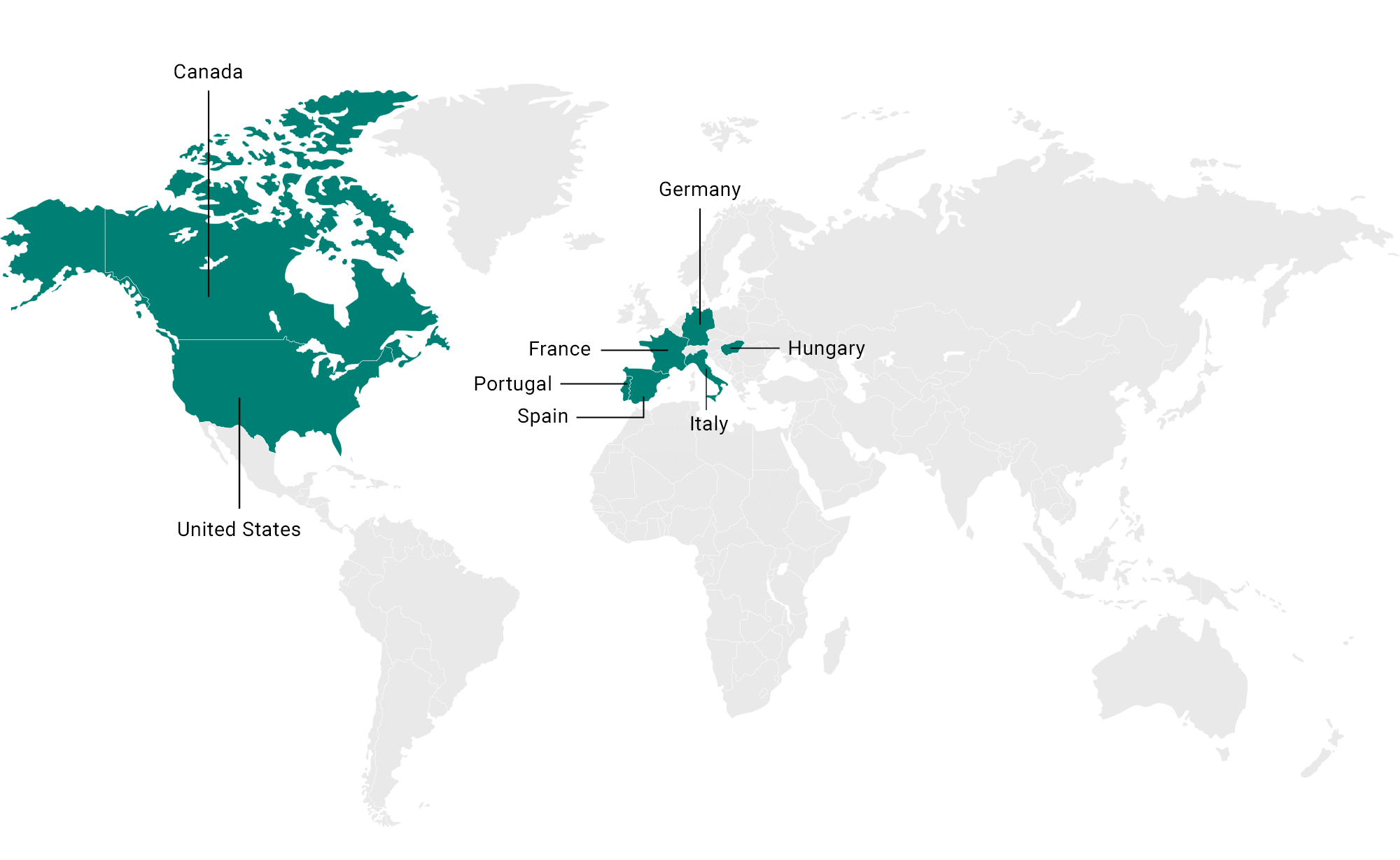
Hungary
Tokaji Aszú
Tokaji aszú (also called "Tokay" in English) is the famous dessert wine from Hungary made in the Tokaj-Hegyalja region since the 17th century. According to legend, winemakers were about to harvest when enemies attacked. The grapes were shriveled and moldy when they were finally picked. They made wine anyway, and it was intense and beautifully sweet. This beneficial mold — Botrytis cinerea — also works its magic in Bordeaux, Germany, Canada, and other places where late-harvest wines are made.
Tokaji wines blend acidic and aromatic white grapes, including Furmint and others in the Muscat family. Tokaji wine sweetness ranges from 3 puttonyos to 6 puttonyos, 6 to 9% to 45% residual sugar. A rare style called Tokaji Esszencia has 45 to 90% residual sugar.
Tokaji Aszú primary flavors: Mandarin, apricot, ginger, hazelnut
Tokaji Aszú food pairings: Crêpes, stone fruit desserts, and savory foods like foie gras and blue cheese
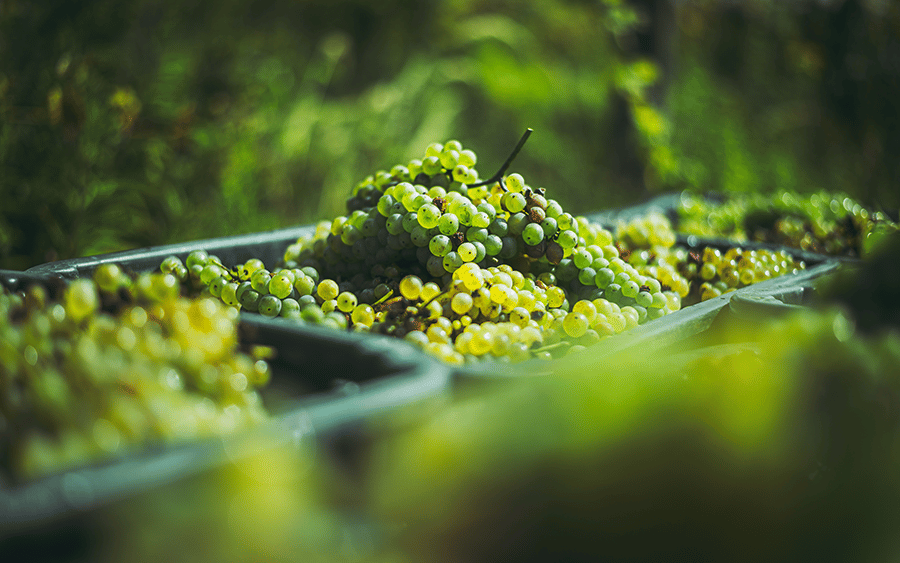
Madeira
Madeira is another fortified wine that's been made on an island off the coast of Portugal for 300 years. Wine merchants realized shipping wine in a hot ships cargo hold improved them, and now they heat age the wines on purpose. The sweet Boal Madeira smells and tastes like salted caramel, dates and coffee; it’s excellent with creamy chocolate desserts and fruit gratins or tarts. The sweetest Madeira is called Malmsey. It’s chocolate with hints of fruit and roasted nuts. It complements chocolate and nutty desserts, but many people savor Malmsey Madeira on its own.
Madeira primary flavors: Caramel, nuts, date, chocolate
Madeira food pairings: Nuts, chocolate, pecan pie, and salted caramel ice cream
Italy
Moscato
Moscato and more refined Moscato D'Asti from Piedmont are the gateway wines for many wine newbies; who wouldn't love the notes of fruit and flowers? Pink Moscatos, made from Muscat grapes and a splash of Merlot, often smell like strawberry and pink bubblegum. Winemakers stop the fermentation early to keep some sugar in the wine.
Moscato primary flavors: Tangerine, orange blossom, pear
Moscato food pairings: Fruit desserts, spicy foods, sweet vegetables like fennel, or a salty-sweet pizza with figs, blue cheese, and ham
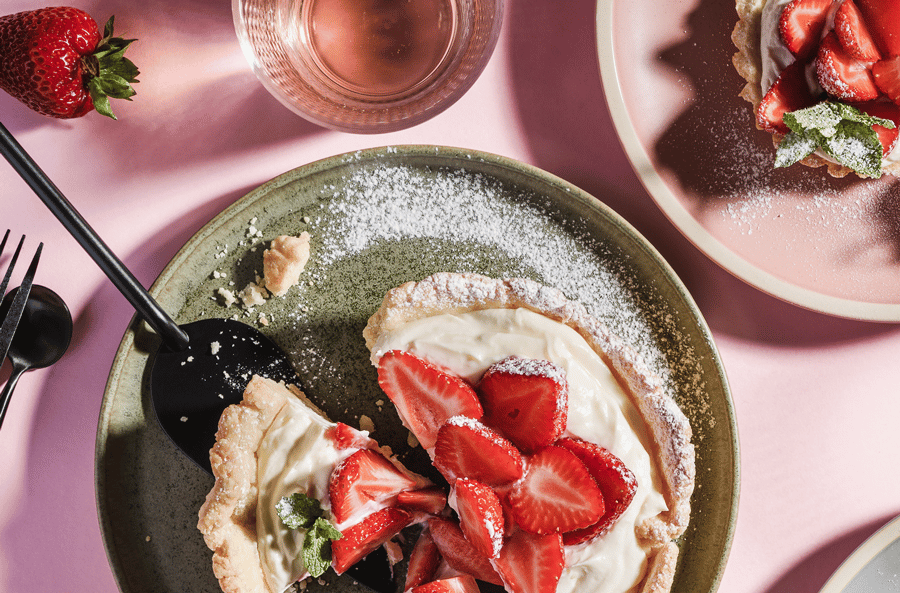
Brachetto d’Acqui
Brachetto d'Acqui is an ancient sweet red sparkling wine made in Piedmont from grapes of the same name. Cleopatra was a fan, and she and Mark Antony gifted each other the tart-sweet wine.
Brachetto primary flavors: Raspberry, cranberry, rose
Brachetto food pairings: Ham, bacon, lemon desserts, dark chocolate, and berries
Passito wines
Passito wines made from withered grapes are created across Italy. This ancient technique concentrates the sugar, resulting in long-lasting, higher alcohol wine. Grapes start drying on the vine, and after harvest, they're dried on mats for several weeks to several months. Amarone from Valpolicella is a beloved red passito wine that's like drinking chocolate-covered cherries. Pair it with braised short ribs, Parmigiano-Reggiano cheese or pepperoni pizza. Passito di Pantelleria is made from Moscato grapes and tastes like floral honey, golden dates, and raisins. Picolit from Friuli tastes of apricots and is often served with little cookies for dessert.
Passito de Pantelleria primary flavors: Honey, date, golden raisin
Passito de Pantelleria food pairings: Lemon tarts, dried apricot scones, and peach pie
Germany
Riesling
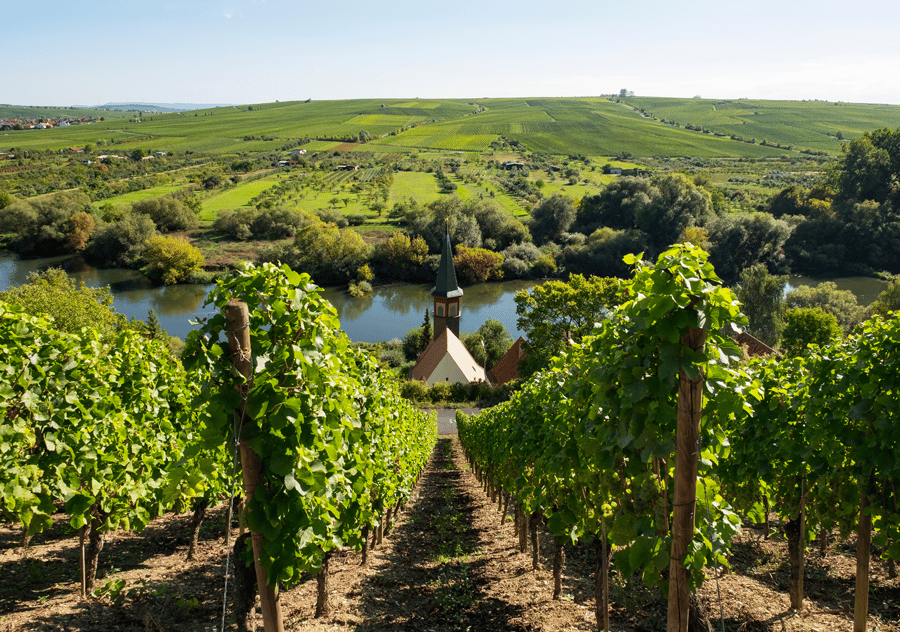
Riesling is Germany's signature white grape, and it's blessed with aromatic notes and high acidity. Fine Riesling wines, from slightly off-dry to lush and intensely sweet, all have an ideal balance of sugar and acid mixed with stone fruit, floral, and petrol notes that make them exciting to drink. German wine labels carry a lot of information. So, if you're looking for sweet wines, avoid bottles with the word trocken which means dry. Halbtrocken means half dry, and the designations feinherb, liebliche, and süss are even sweeter.
On the German quality scale, spätlese, which means late harvest, is usually a sweet wine (except if it also has trocken on the label). Auslese, beerenauslese, and trockenbeerenauslese (TBA for short) wines are all progressively sweeter and made with specially selected grapes.
Serve entry-level sweet Riesling with spicy Asian food, Jamaican jerk chicken, or even fried chicken with hot sauce. The sweeter styles complement everything from lobster to Peking duck, cheeses, and fruit desserts.
Sweet Riesling primary flavors: Apricot, white flowers, petrol
Sweet Riesling food pairings: Spicy jerk chicken, General Tso's chicken, Peking duck, blue cheese, and fruit desserts
Eiswein
The sweetest German dessert wine is eiswein, made from dried-out grapes that froze on the vine at least once. Freezing evaporates the moisture in the grapes, concentrating the flavorful juice. The resulting wines are intensely fruity with a thrilling balance of sugar and acidity. Most German eiswein is made from Riesling.
Eiswein primary flavors: Peaches, candied citrus, mango
Eiswein food pairings: Blue cheese, melon, cheesecake, and bread pudding
United States
The United States doesn't have a historic dessert wine tradition. But in America, you'll find sweet wine styles inspired by international dessert wines. One style that's unique to the U.S. is chocolate port. Winemakers create a sweet tawny or ruby style port wine (often with the same grapes used in Portugal) and infuse it with cocoa or chocolate.
Chocolate Port primary flavors: Chocolate, cherry, caramel
Chocolate Port food pairings: Dried fruit, chocolate-covered cherries, pecan pie, and brownies
Spain
Sherry
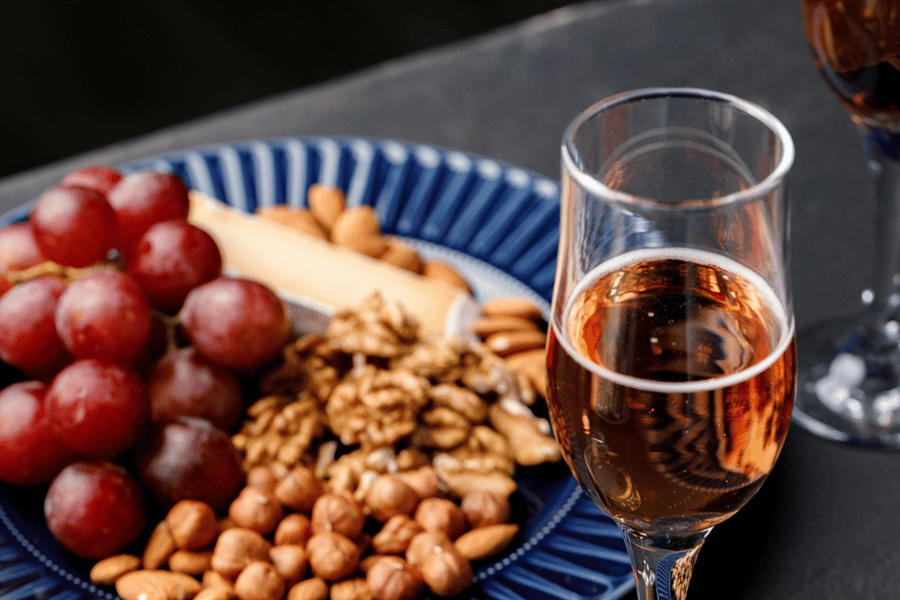 One of the most complex and long-lived dessert wines globally is Spanish sherry. Sherry is made in various styles; most of them are classically dry. The sweetest is the Pedro Ximénez or P.X. sherry, also called cream sherry. It's based on the white grape Pedro Ximenez, which is aged, blended, and fortified to create a deeply flavored wine.
One of the most complex and long-lived dessert wines globally is Spanish sherry. Sherry is made in various styles; most of them are classically dry. The sweetest is the Pedro Ximénez or P.X. sherry, also called cream sherry. It's based on the white grape Pedro Ximenez, which is aged, blended, and fortified to create a deeply flavored wine.
PX Sherry primary flavors: Fig, date, coffee
PX Sherry food pairings: Chocolate cake, a dark spice cake, richly flavored cheeses, dried fruit, and toasted nuts
France
The classic dessert wine styles of France are all excellent food-pairing partners.
Quarts de Chaume
In the Loire, the versatile white grape Chenin Blanc stars in a stunning botrytized dessert wine called Quarts de Chaume. A young Quarts de Chaume shows flowers and fruit, while aged ones are more complex.
Quarts de Chaume primary flavors: Pear, apricot, white flower, honey, baking spice
Quarts de Chaume food pairings: Rich foods like roasted hen, grilled lobster, glazed duck, and blue cheeses of all kinds
Banyuls
Banyuls is a fortified wine made in a town of the same name, not far from the sea and the Spanish border. It's made from Grenache grapes grown in terraced vineyards. After the grapes are harvested and pressed, a distilled spirit is added to stop the fermentation and preserve the wine's sweetness.
Banyuls primary flavors: Prune, roasted strawberry, chocolate, mint
Banyuls food pairings: Roquefort blue cheese, sweet and sour dishes, teriyaki beef, ripe berries, and melon
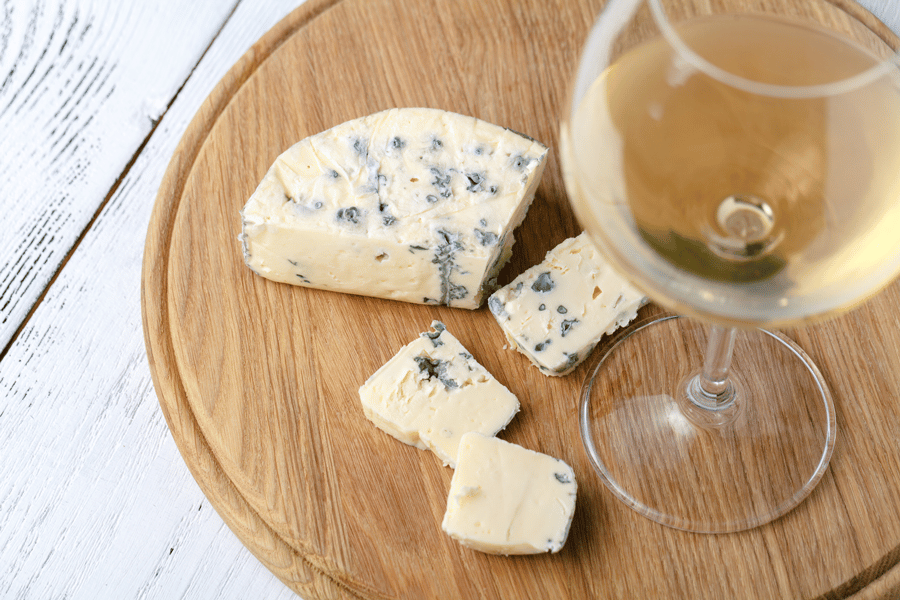
Sauternes
The Bordeaux region is famous for Sauternes, the iconic dessert wine made from Semillon and Sauvignon Blanc infected with noble rot. Château d'Yquem Sauternes is rare and pricey, but their neighbors make affordable wines that taste like honey, candied ginger, and apricot jam. Nearby Barsac also produces late harvest, botrytized wines that are lighter and more refreshing than Sauternes.
Sauternes & Barsac primary flavors: Honey, roasted pineapple, candied ginger, apricot
Sauternes & Barsac food pairings: Sticky pork ribs, roasted sweet potatoes, spicy Thai food, foie gras, blue cheese, crème brûlée, and pineapple upside-down cake
Champagne
While brut is the most popular, Champagne comes in sweetness levels that extend to doux and demi-sec, which can stand in for dessert. Demi-sec Champagne tastes like a mix of tropical and stone fruits with a balance of sugar and acidity.
Demi-sec Champagne primary flavors: Apricot, golden pear, pink grapefruit
Demi-sec Champagne food pairings: Light fruity desserts or butter-poached lobster
If you've liked exploring the dessert wines of the world, visit our Sparkling Wine Guide and Bordeaux Wine Guide to learn more about some exceptional sweet wines.

